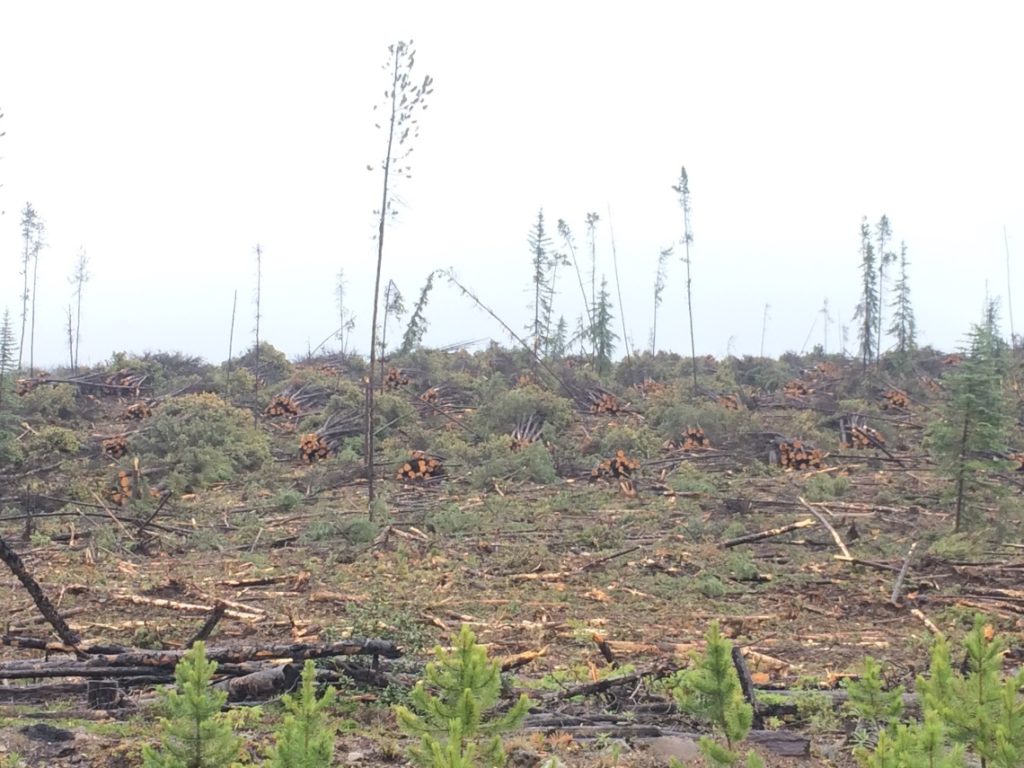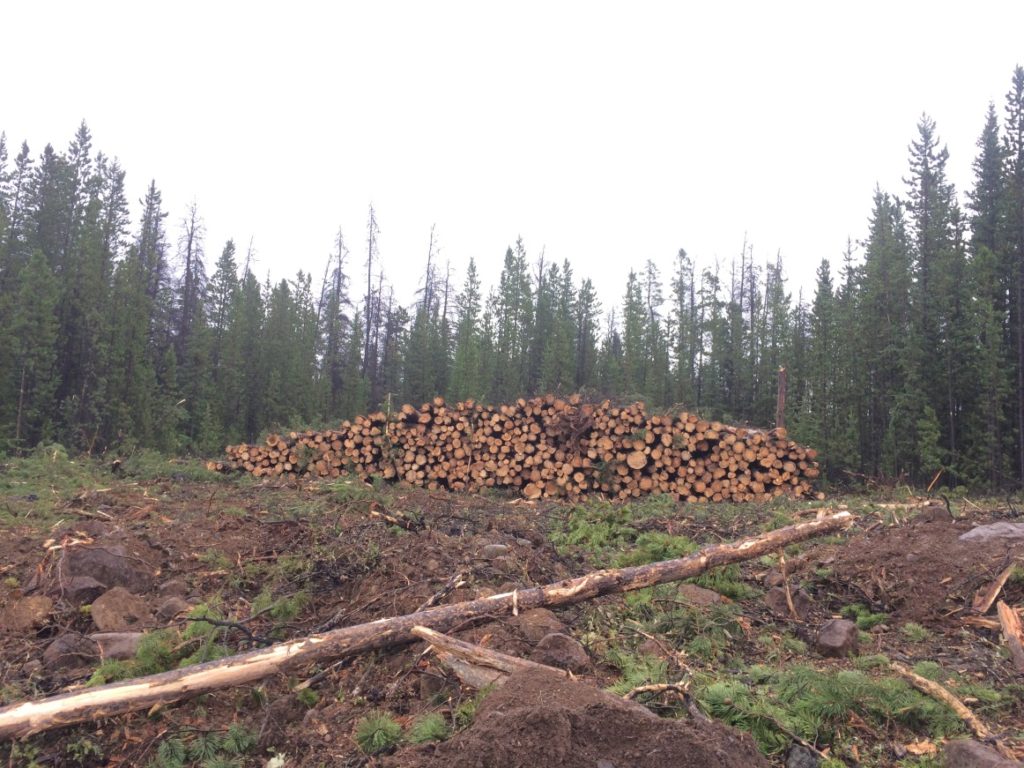Operational Forestry – Harvesting
September 7, 2016 6:53 pm Leave your thoughts
This summer I’ve been talking to you guys a lot about forestry practices mostly relating to the development and reforestation of cut blocks, which leaves out one BIG part of the industry. Today we’re going right to the root of forestry: harvesting. Harvesting is basically the removal of the timber off the landscape and into the mill, and it’s a really complicated process in some aspects. There are many techniques and methods that pertain to how, when, why, and where we harvest, but today I’m going to show you a snapshot of a cut block I visited last week with one of West Fraser’s Operations Supervisors, Hank. I actually spent all week out with different operations foresters, trying to get exposure to what this division is like and it was a great experience! Coming from a logging family, I knew several of the contractors we visited, and felt really connected to what was going on with the equipment.

Figure 3. There are many roles in operations but harvesting is what actually brings the product and the money into the mill. Today, I want to show you guys what harvesting actually looks like out in the field!
The permit Hank and I visited is really interesting to me because doing natural regeneration surveys (part of the development of the harvesting plan) on the permit was my first project this summer! It was neat to go back and watch the contractor harvesting where we collected data and made recommendations before the permit was even approved for harvest. Anyways, here is my crash course on harvesting and what actually goes on in the bush after the permits have been planned and approved…

Figure 4. Let’s start with road-building. This is a cat, which is used primarily in road building in the block, so that the wood can be accessed to be hauled away by logging trucks. A grader (sadly I wasn’t able to capture any pictures of this guy) is responsible for road maintenance.
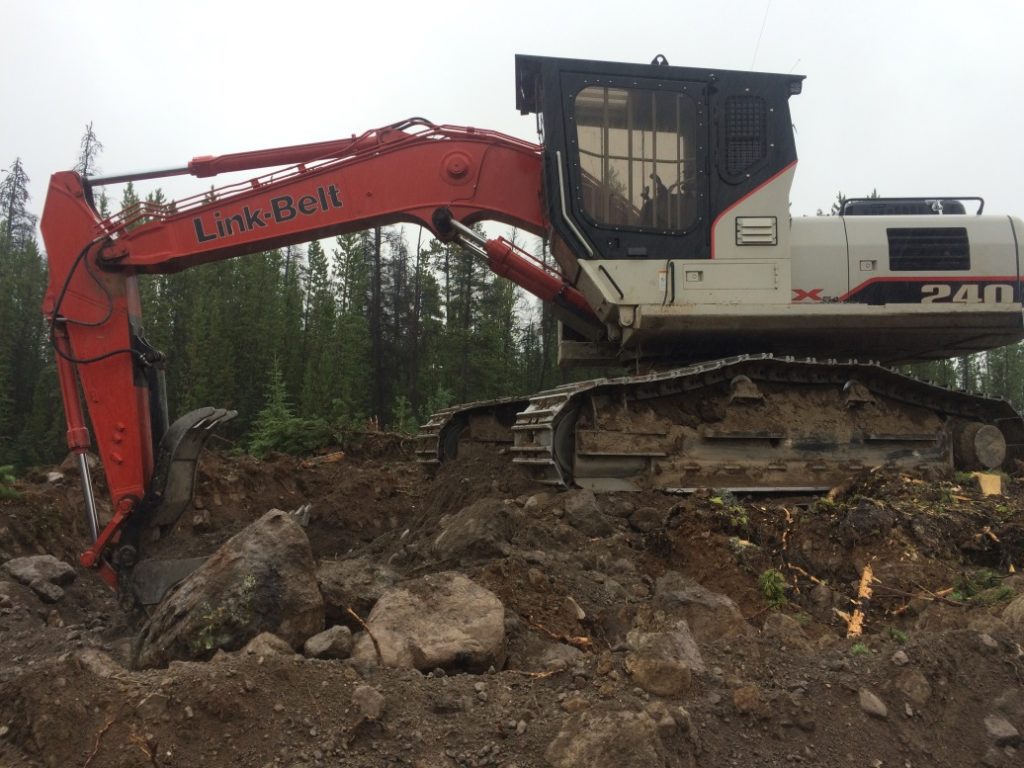
Figure 5. An excavator is used mainly in road building for ditch digging and installing culverts. It also has several uses post-harvest.
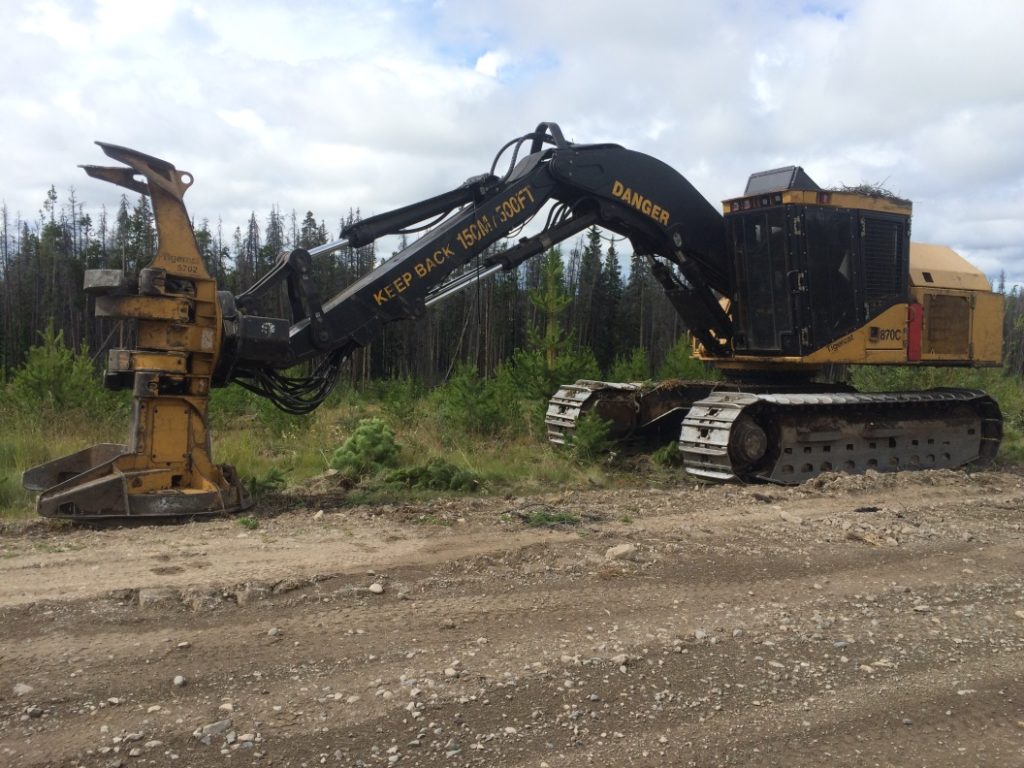
Figure 6. Alright, so you’ve got roads to get equipment in and wood out. Let’s get some wood on the ground! The feller buncher is the machine that actually cuts the trees down. There is a high amount of variability in how many trees these machines can handle in a day, but in this timber type (dead pine mixed with spruce) a buncher can cut roughly 6 truck loads of wood each shift. These machines typically run 10 hours shifts with 2 shifts per day.
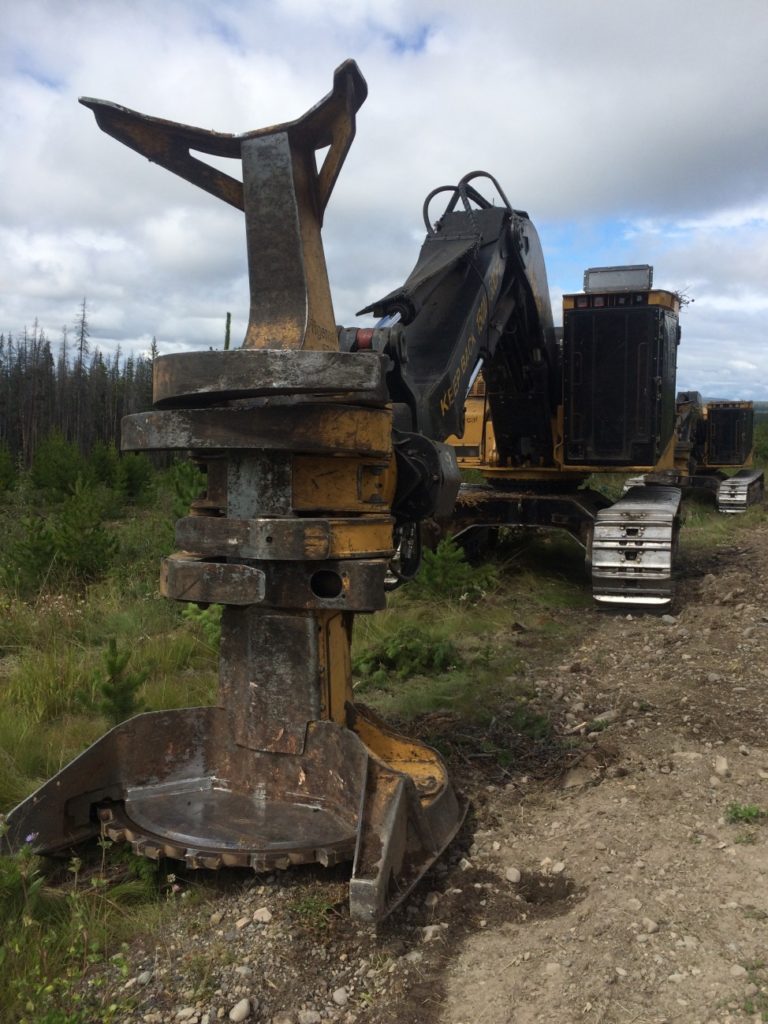
Figure 7. The buncher head has a large saw blade at the bottom and grab arms that hold the trees in bunches. These bunches will be laid down near where they are cut, ready for the next machine!
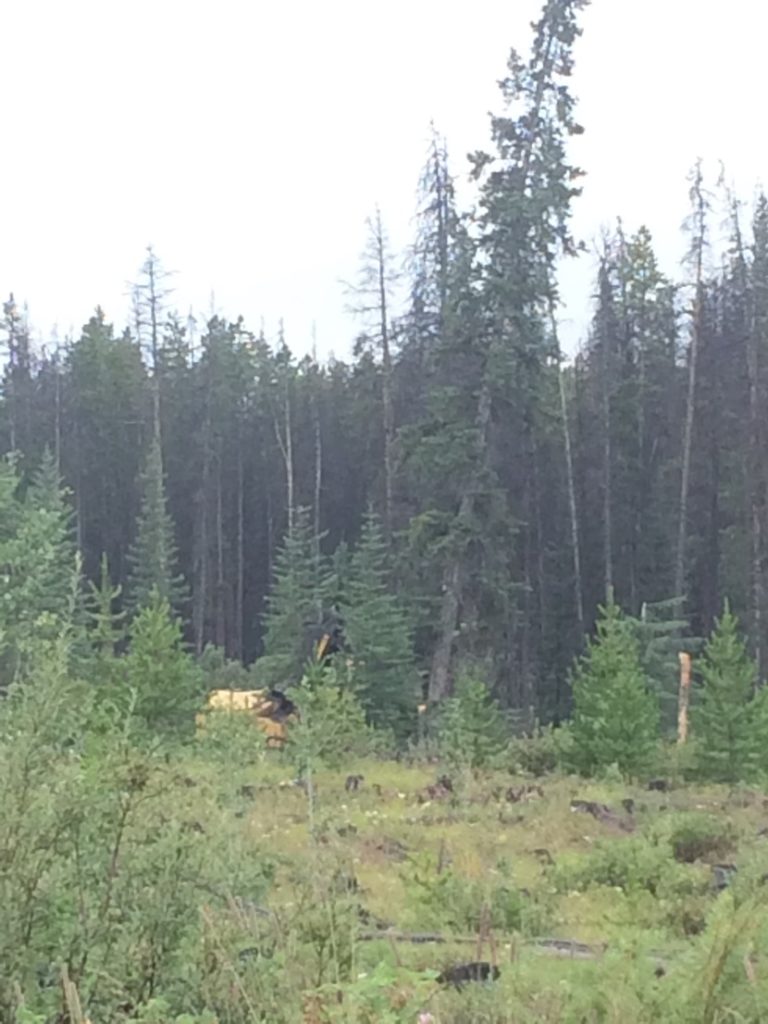
Figure 9. It was hard to get a good picture of the buncher operating because we had to stand so far away for our safety, but in this picture you can see the large spruce being harvested.
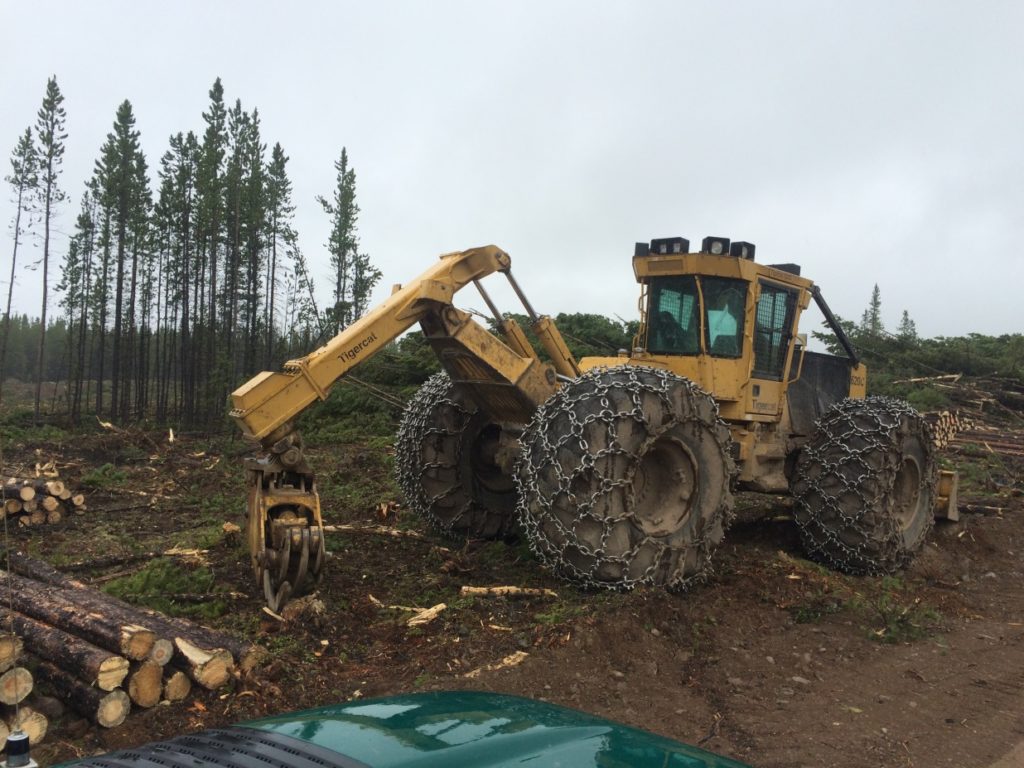
Figure 10. The skidder is the machine that comes in and picks up the bunches and skids them into large, tidy piles close the road, where the processor will take over. This is the only machine with rubber tires, limiting it to being able to work on a maximum 35% grade. Machines with steel tracks can operate at 40%.
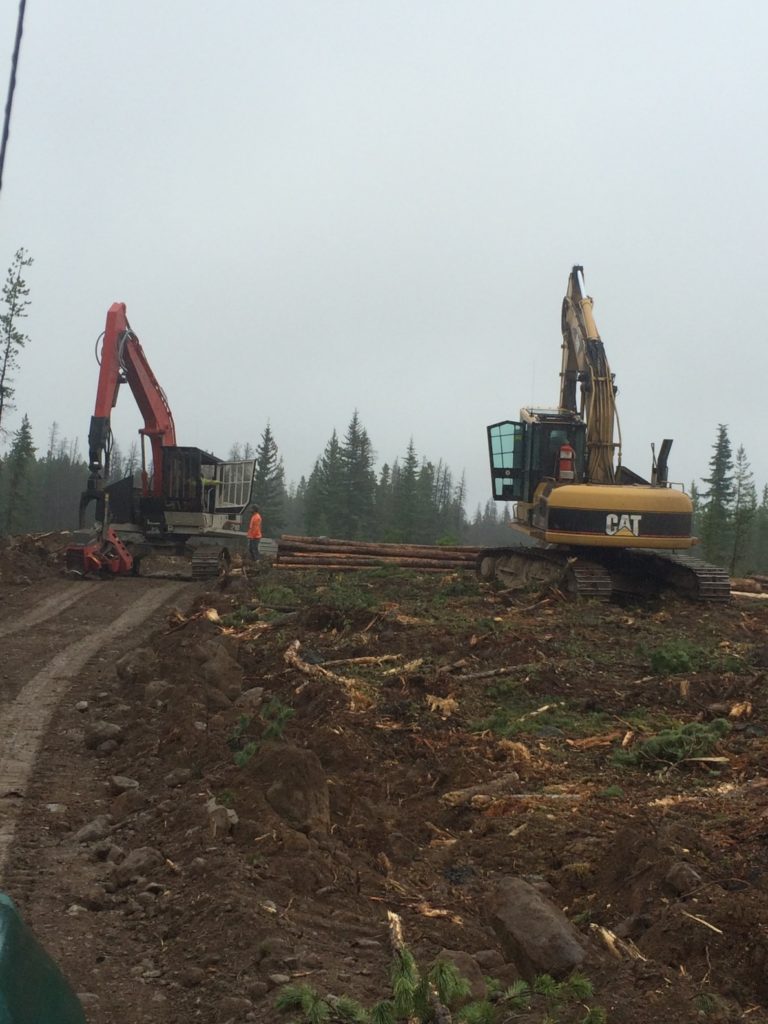
Figure 12. Two processors. This is the machine that removes the branches and tops of the tree and actually cuts the wood to the required length, then sorts in into piles so that it can be loaded efficiently onto the trucks. A processor can handle about 3 truck loads of wood per shift, and like the buncher, it typically runs 2 shifts per day.

Figure 13. Credit: Amanda Black (Operations Supervisor).Here is a processor head that has just finished de-liming a tree. It is really neat watching all the moving parts and how fast and fluently the operator can work with the tree.

Figure 14. Credit: Amanda Black. A processor beside its final product. The operators will spray paint their initials onto the ends of a couple logs in each pile for quality control monitoring.
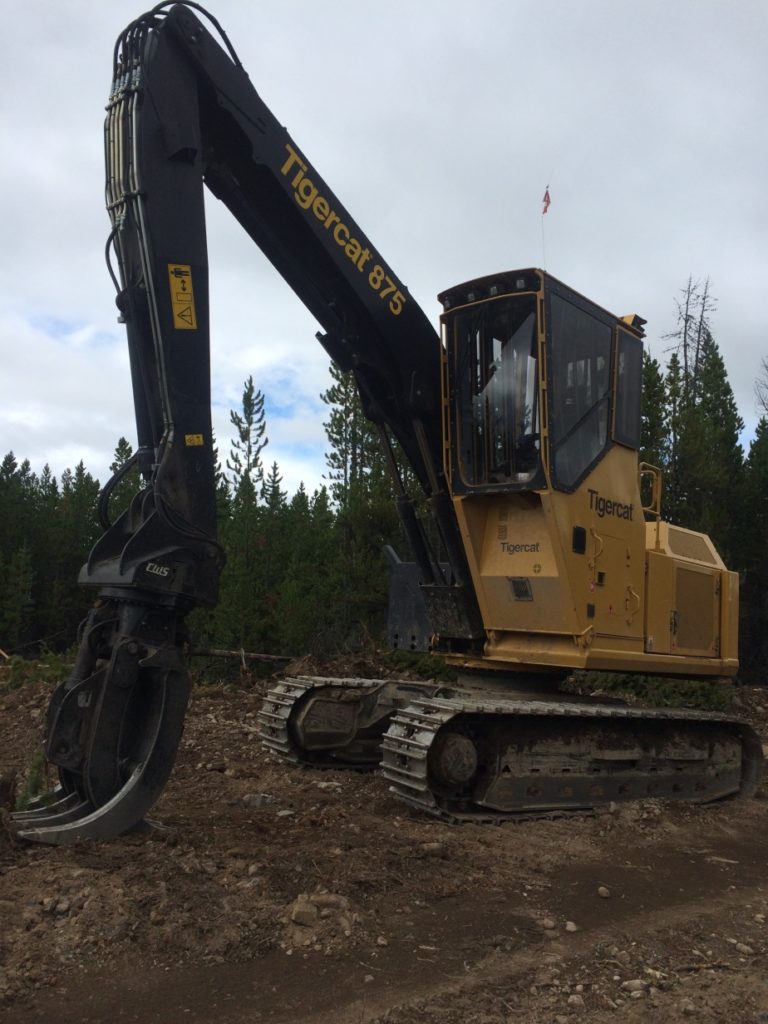
Figure 15. The loader can be used for a variety of tasks but it mainly loads the processed wood onto the logging trucks. This is a lot more complicated than I anticipated; it was like listening to a whole new language when the operators were talking about loading the trucks!

Figure 16. Credit: Amanda Black. The loader is placing some final logs onto the truck. After loading, the truck driver will get out of the truck and secure the load. A truck load is roughly 65 cubic meters of wood.

Figure 17. Credit: Amanda Black. The final product heading into town and to the mill scales! Forestry all comes down to this: loaded trucks making it into town. The logging contractors are only paid for the wood that comes into the mill so you better believe these loads are worth a lot of money!
Hopefully that quick run-through wasn’t lacking too many details! I found it pretty neat to be out and watching all the equipment do individual jobs but coming together with one product. Even more neat though, was getting to see how the contractor actually works on the landscape according to the harvesting prescription (also known as site plan) set out by the planners (it’s exciting because I collected some of the data that goes into making the decisions on the prescription!).
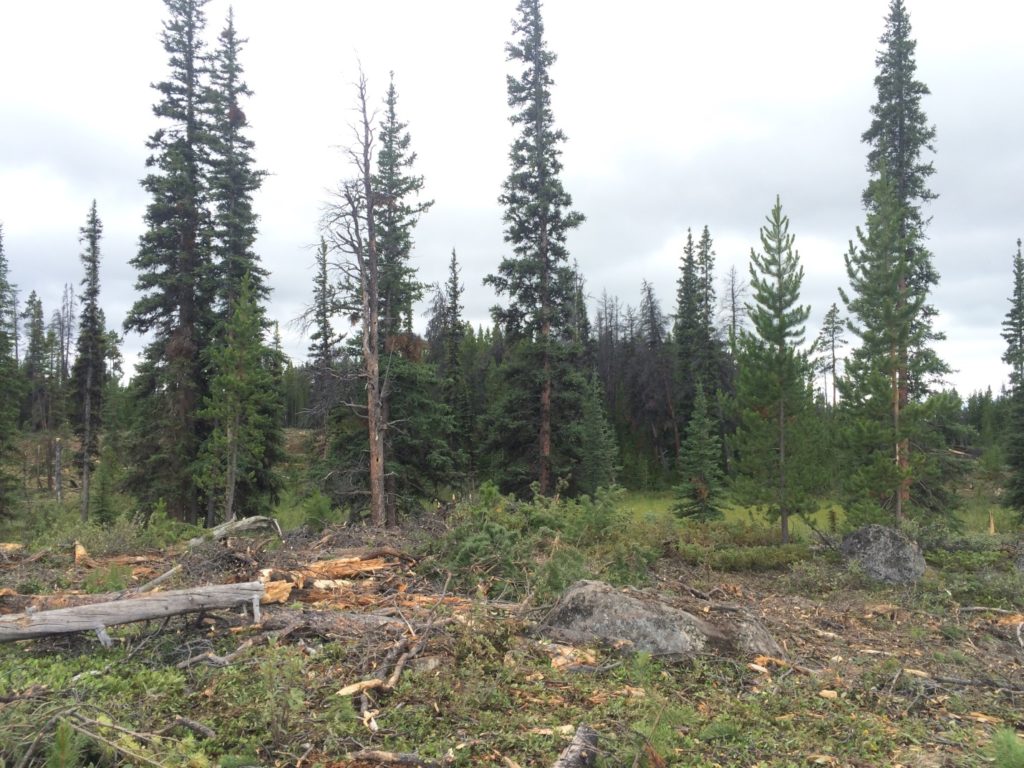
Figure 19. A small buffer was placed around this marsh for protection, as per the site plan. The equipment was not able to pass through this sensitive area. Each and every cut and left tree are intentional. The trees left standing will provide habitat for wildlife, soil erosion control, and will serve as a seed bank for natural regeneration.
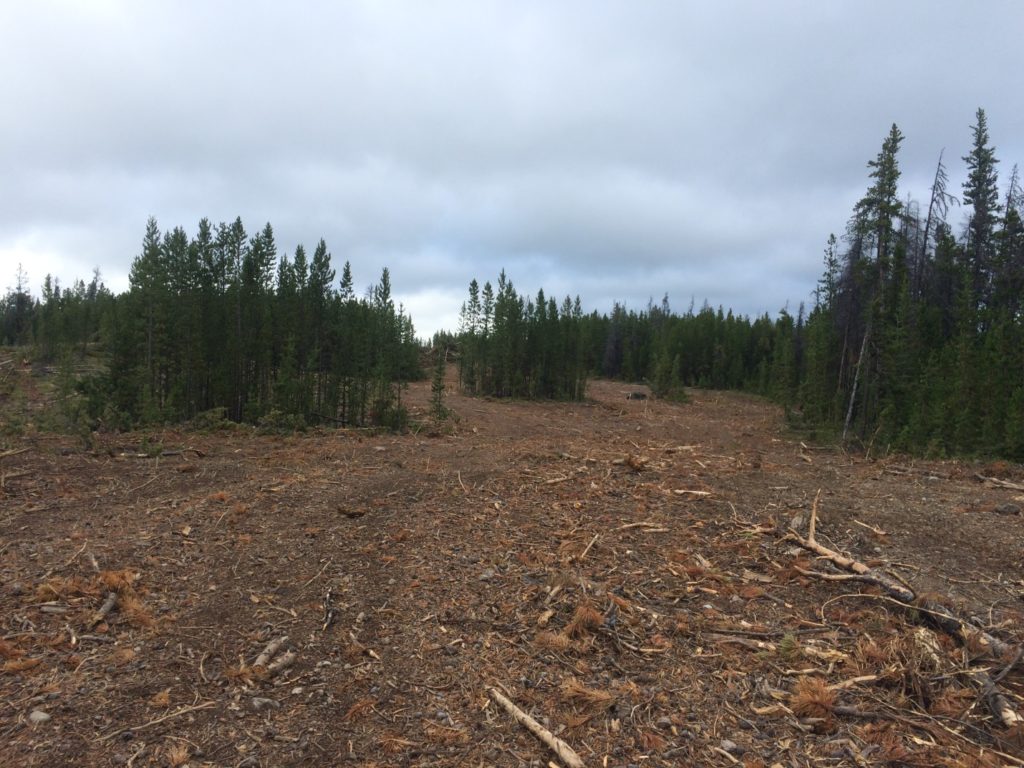
Figure 20. The final view of the landscape post-harvest. These patches are where to contractor left out the immature timber. If this wood was cut, it would have ended up being wasted so it was great to see a successful effort to let these trees continue to grow. This block will be planted next spring, and within a couple years the stand will be green and lush once again, on its way to being a productive forest.
So there it is at the base of all forest products, and the driver of a huge part of our economy in BC, harvesting. Harvesting is an intricate and complex process carried out by skilled professionals. The talent I’ve witnessed of operators during my week of operations exposure has been eye opening to say the least.
I’d like to give a special thanks to Hank Grunewald, Amanda Black, and Graham Fulton for taking me out during my operations week. It added a lot of value to my summer here at West Fraser. Also, a big thank you goes to Operations Superintendent Collin Neiser for taking the time to prepare some stats on harvesting for me. Lastly, thank you to my dad, Ivan (Equipment Manager for Hytest Timber, sister company to West Fraser’s biggest contractor, Newco Logging) who also helped out with some final details.
I know this post is fairly light on details, so I encourage you to send any questions my way!
Thanks for checking in!
Sydney



